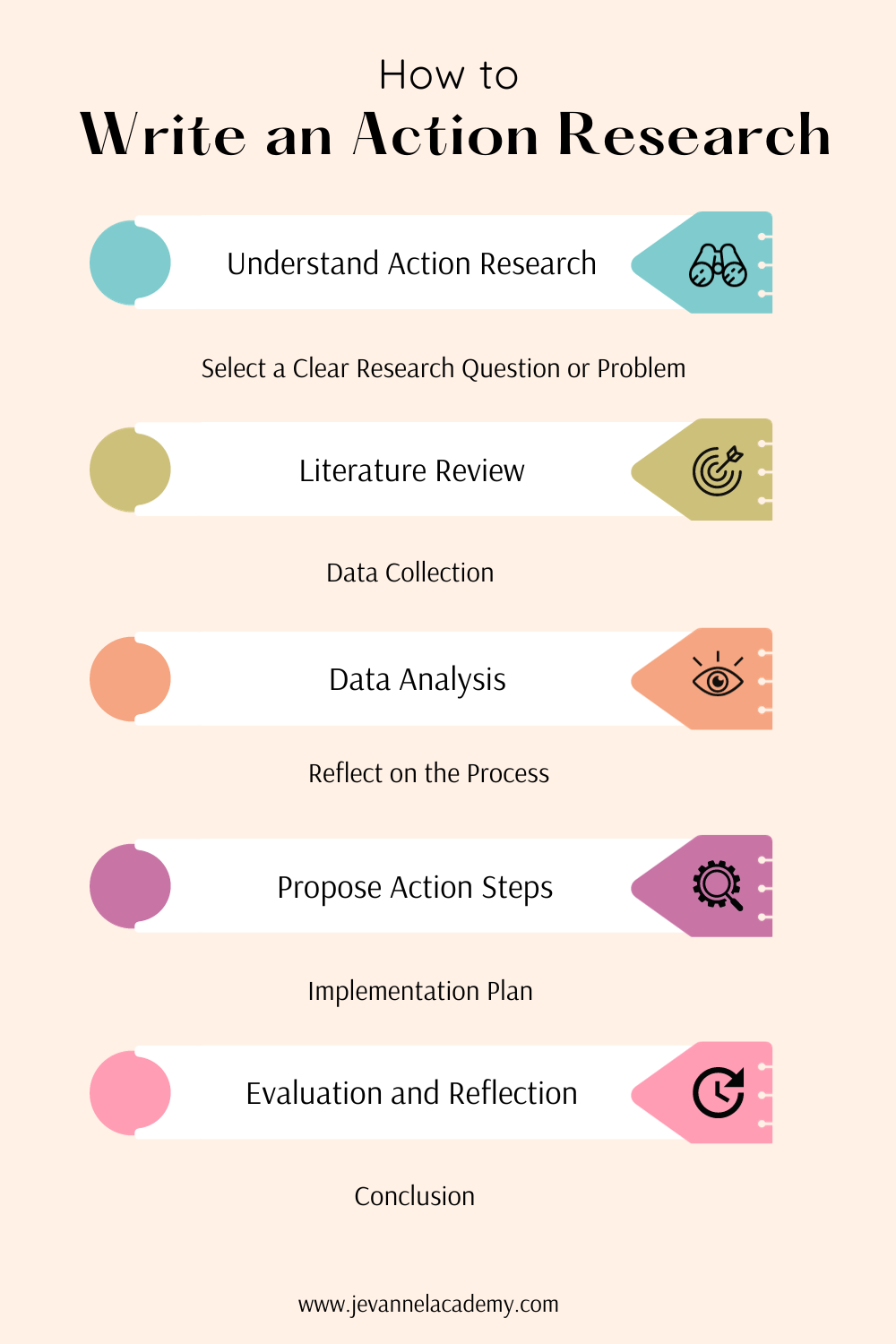Writing an action research report involves a systematic process to document and communicate the results of your research. Here are some of the best tips to help you write an effective action research paper:
Understand Action Research:
Before you start writing, make sure you have a clear understanding of the action research process. Familiarize yourself with the principles, goals, and methodologies of action research.
Select a Clear Research Question or Problem:
Begin with a concise and specific research question or problem statement. Your research should aim to address a practical issue or problem within a specific context.
Literature Review:
Review relevant literature to establish a theoretical framework for your research. This will help you understand existing knowledge and identify gaps in the field.
Data Collection:
Describe the methods and techniques you used to collect data. This might include interviews, surveys, observations, or document analysis. Explain why you chose these methods and how they were implemented.
Data Analysis:
Present your data in an organized and coherent manner. Use tables, charts, and graphs to help illustrate key findings. Analyze the data to draw meaningful conclusions.
Reflect on the Process:
Reflect on your role as a researcher and any biases or assumptions that may have influenced the research process. Discuss how your actions may have impacted the outcomes.
Propose Action Steps:
Based on your findings, propose concrete action steps or recommendations. Explain how these actions can address the problem or question you initially posed.
Implementation Plan:
If applicable, outline a plan for implementing the proposed actions. Include timelines, responsibilities, and resources required for the implementation.
Evaluation and Reflection:
Discuss how you will evaluate the effectiveness of the actions taken. Set criteria for success and explain how you will measure progress.
Conclusion:
Summarize the key points of your research and the implications of your findings. Reiterate the problem’s importance and the proposed actions’ potential impact.
References:
Cite all the sources you used in your literature review and throughout the paper following a consistent citation style (e.g., APA, MLA, Chicago).
Appendices:
Include any supplementary materials, such as interview transcripts, survey questionnaires, or additional data, in the appendices.
Clarity and Structure:
Write clearly and concisely. Use headings and subheadings to organize your paper. Ensure a logical flow of information from one section to another.
Audience Consideration:
Keep your target audience in mind. Educators, administrators, or other stakeholders might read your action research report, so tailor your language and style accordingly.
Peer Review:
Have your work reviewed by peers or mentors. Their feedback can help you identify areas for improvement and enhance the quality of your research.
Proofreading and Editing:
Carefully proofread your paper for grammar, spelling, and punctuation errors. Edit for clarity, coherence, and consistency.
Ethical Considerations:
Ensure that your research adheres to ethical guidelines, especially involving human subjects. Discuss any ethical considerations in your paper.
Use of Visuals:
Incorporate visuals like charts, graphs, and images to make your findings more accessible and engaging.
Real-World Impact:
Emphasize the practical implications of your research and how it can contribute to positive changes in the real world.
Seek Feedback:
Before finalizing your action research report, seek feedback from colleagues or mentors. Incorporate their suggestions to enhance the quality of your work.
Remember that the primary goal of action research is to facilitate positive change in a specific context. Your report should document your findings and serve as a guide for taking action and improving the situation you investigated.

Leave a Reply